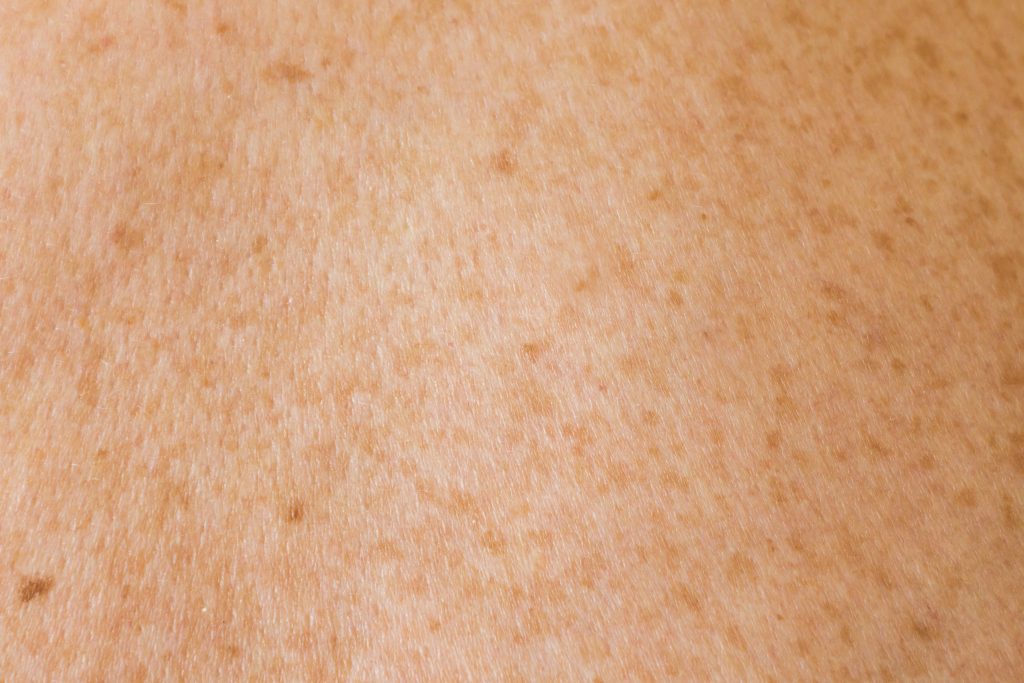Download the full report
View the full report for detailed insights from each of the pilot projects and key themes.
Access the report
Skin conditions are a growing concern in the UK; more than 100,000 new cases of skin cancer are reported every year, with rates of some skin cancers growing by up to a third in the past decade. About one in four people consults a GP about a complaint related to their skin each year.
Patient pathways related to skin conditions are often complex and slow-moving. Referrals may take weeks or even months to complete, leaving patients in pain or worrying without a clear diagnosis from dermatology specialists in secondary care. Improving the referral journey for dermatology was highlighted as a priority in the NHS Long Term Plan.
Teledermatology refers to the use of static digital images to triage, diagnose, monitor or assess skin conditions. The use of teledermatology has the potential to significantly improve patient pathways through benefits such as:
Dermatology Improvement Collaborative
Beginning in 2020, the HIN delivered a programme of support for dermatology services across both south London ICSs and Surrey Heartlands ICS to help them implement innovative digital solutions and ensure patients are seen in the right clinic the first time.
This Dermatology Improvement Collaborative – supported by the Industry Dermatology Initiative (IDI) – produced an initial report in 2021 looking at some learnings from the first phase of the project. However, the impact of Covid-19 meant that implementation of many aspects of the programme were delayed.
A second phase of the project was then commissioned, providing scope for developing a deeper understanding of the impacts, challenges and learnings related to a variety of teledermatology projects run across the regions. Some of these projects included:
A full report is now available to download providing in-depth analysis of each of these transformation projects and their impact on key outcomes. The key themes and recommendations identified by the report include:
View the full report for detailed insights from each of the pilot projects and key themes.
Access the report